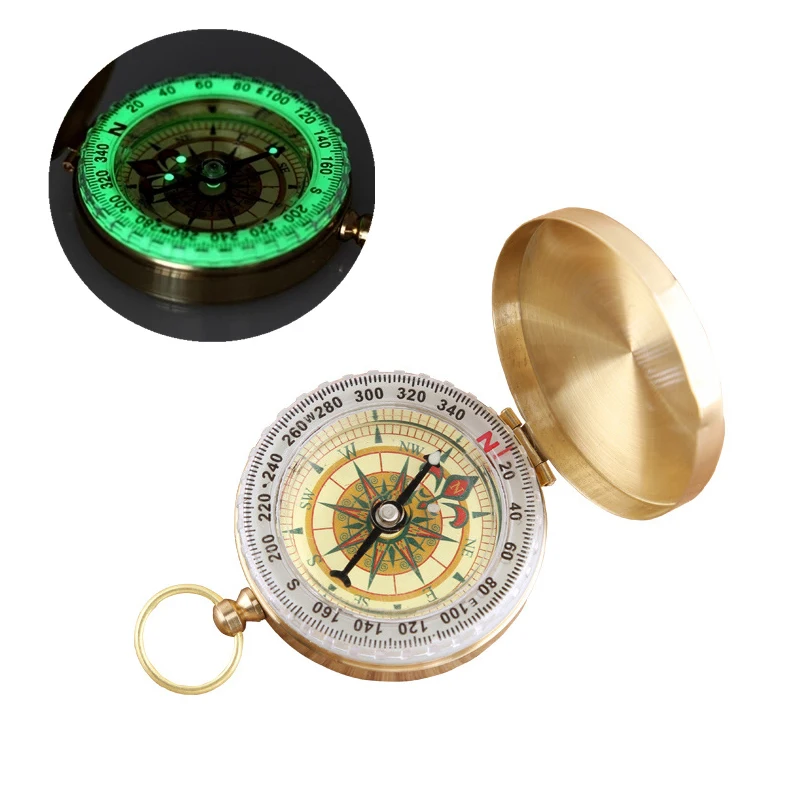
The White House announced the release of a research plan on solar radiation modification (SRM) on Friday that suggests the “possible deployment” of solar geoengineering techniques to mitigate the effects of climate change.
The report was published by the Office of Science and Technology Policy (OSTP) and the National Oceanic and Atmospheric Administration (NOAA), to provide a research plan for “solar and other rapid climate interventions” in response to a congressional mandate in the Consolidated Appropriations Act 2022. The use of SRM techniques that would block or filter sunlight is being explored as a “potential complement to other tools available to address climate change.”
A White House press release stated the report “identifies critical knowledge gaps and scopes potential research areas that could improve understanding of risks and benefits posed by solar radiation modification.”
The report emphasizes that “any potential comprehensive research program must encompass the societal as well as the scientific dimensions of solar radiation modification and highlights several key priority areas for further” SRM research, including:
- Determining climate and environmental impacts of solar radiation modification deployment.
- Assessing potential societal outcomes and ecological consequences.
- Examining how research might be done in cooperation among international partners.
According to the report’s introduction, SRM would not undo all of the negative consequences of supposedly human-caused global warming, such as warmer ocean temperatures “primarily driven by rising atmospheric carbon dioxide levels.” The report added that “limited research suggests that the use of SRM might result in environmental impacts, as well as climate variability and extremes which are distinct from those in any climate without SRM,” claiming that “SRM might halt but would not result in the rapid reversal of some important manifestations of climate warming, such as loss of land ice and greenhouse gas emissions from thawing permafrost.”
In theory, SRM would “cool the climate by reflecting a greater amount of incoming solar (shortwave) radiation back into space.” However, the consequences of “deployment of SRM would inevitably involve its own risks, almost all of which are poorly understood and some of which are unknown.”
The Epoch Times shared:
The report also warns about several potential negative consequences of SRM. The procedure can trigger changes in stratospheric temperatures, a rise in sea levels, acidification of oceans, and alteration in precipitation patterns. It can also affect terrestrial vegetation, biodiversity, ecosystems, crop production, and coral reefs.
“Model simulations show that the chemistry of the stratosphere may change, and atmospheric circulations may intensify in ways that may lead to seasonal-scale impacts such as more frequent extreme drought or precipitation events,” the report stated. “Gaps remain in our understanding of how SRM deployments might irreversibly alter the Earth’s climate system.”
A group of scientists expressed their concerns in a letter published in January 2022, seeking an international non-use agreement on SRM, stating that it would be “timely, feasible, and effective” due to the increasing prominence of solar geoengineering in climate-change debates. The letter adds that such an agreement “would inhibit further normalization and development of a risky and poorly understood set of technologies that seek to intentionally manage incoming sunlight at planetary scale, and it would do so without restricting legitimate climate research.”
The letter continued:
Solar geoengineering is not necessary. Neither is it desirable, ethical, or politically governable in the current context. With the normalization of solar geoengineering research moving on with rapid speed, a strong political message to block these technologies is needed. And this message must come soon.
Proposed techniques outlined in the report on SRM would be to increase the quantity of solar radiation reflected back into space using “surface albedo enhancement, marine cloud brightening (MCB), stratospheric aerosol injection (SAI), and space-based methods.” Cirrus cloud thinning (CCT), which “involves the reduction of cirrus clouds to increase the amount of terrestrial radiation ‘lost’ from the Earth system” could also be used.
The 44-page report reads like a sci-fi script.
Sections include “understanding the effectiveness and outcomes of potential SRM deployment” and “assessing and reducing uncertainty to improve projections” from SRM model experiments, but of most concern is the report’s admitted “potential risks and benefits to human health and well-being associated with scenarios involving the use of SRM” in comparison to the “risks and benefits associated with plausible trajectories of ongoing climate change not involving SRM.”
However, it’s the report’s discussion on environmental justice and geopolitical considerations that should raise a solid “red flag” on SRM. Thankfully, the White House acknowledged that “this report does not signify any change in policy or activity by the Biden-Harris Administration…, and there are no plans underway to establish a comprehensive research program focused on solar radiation modification.”




















































